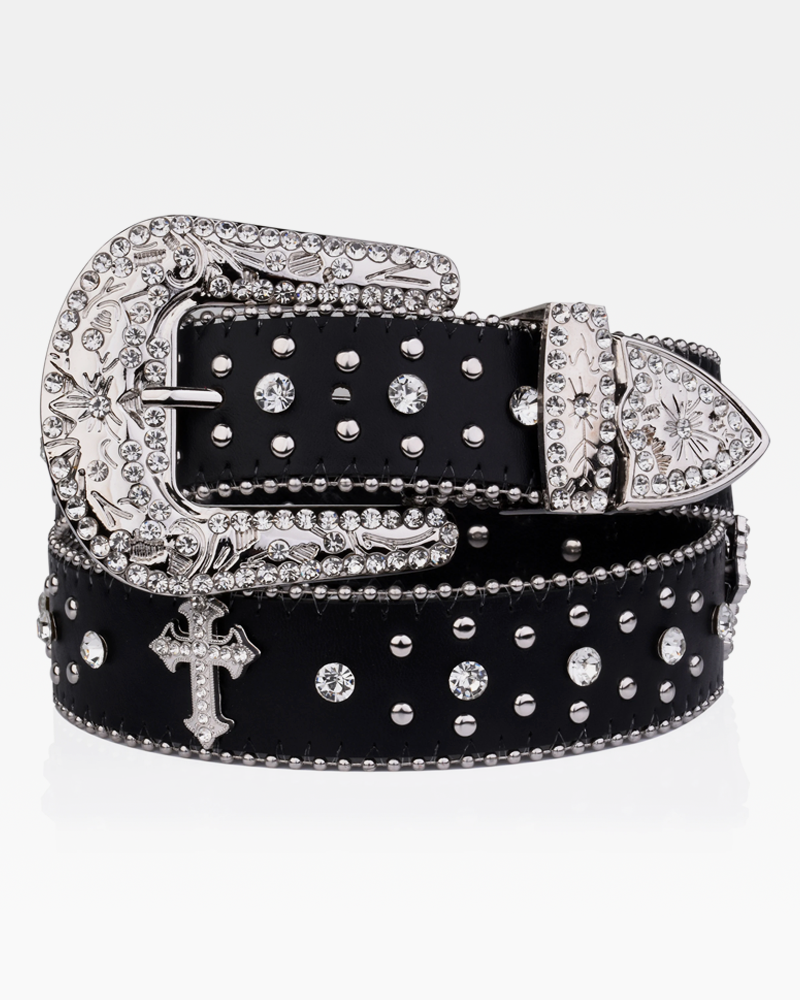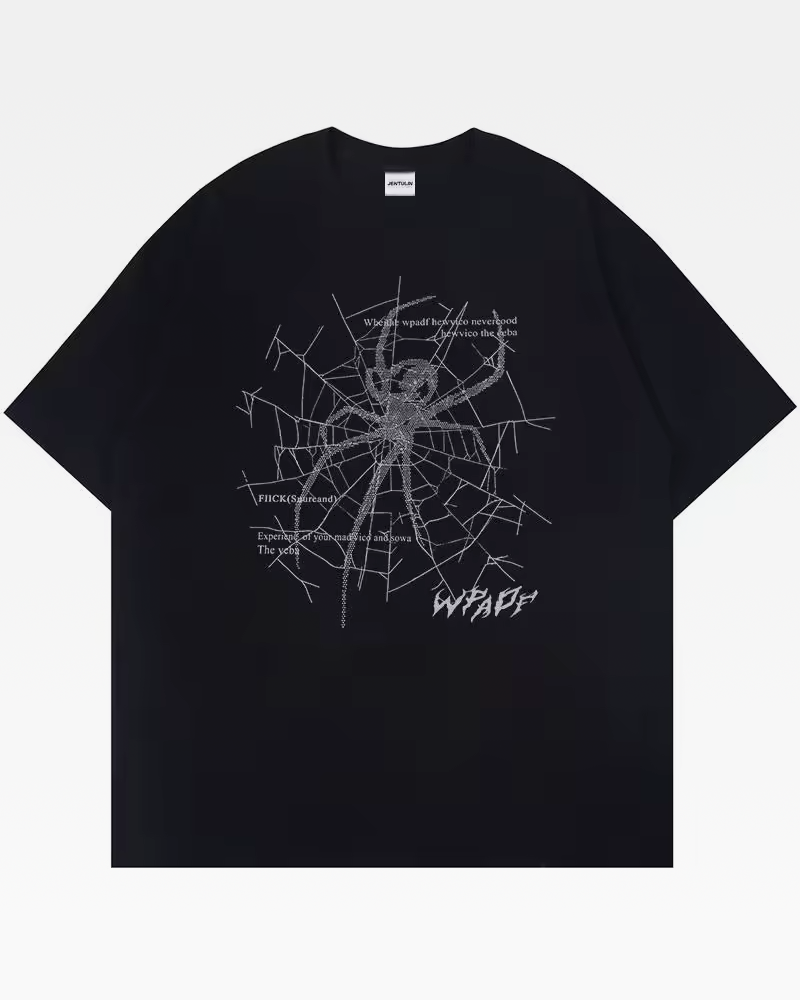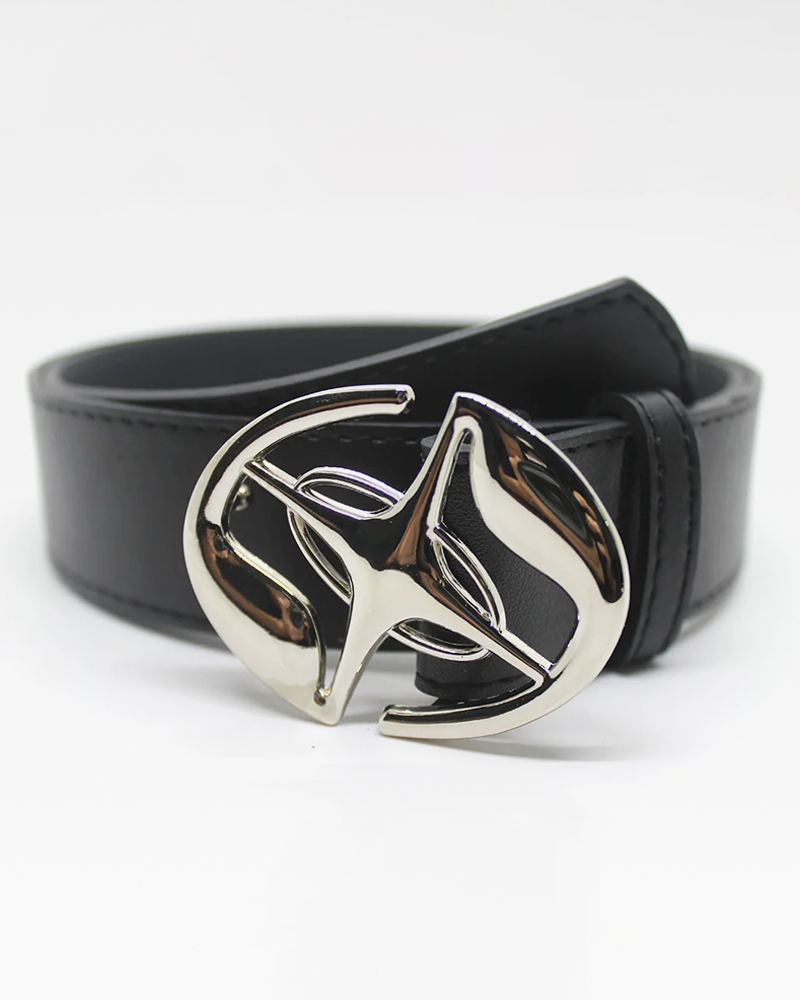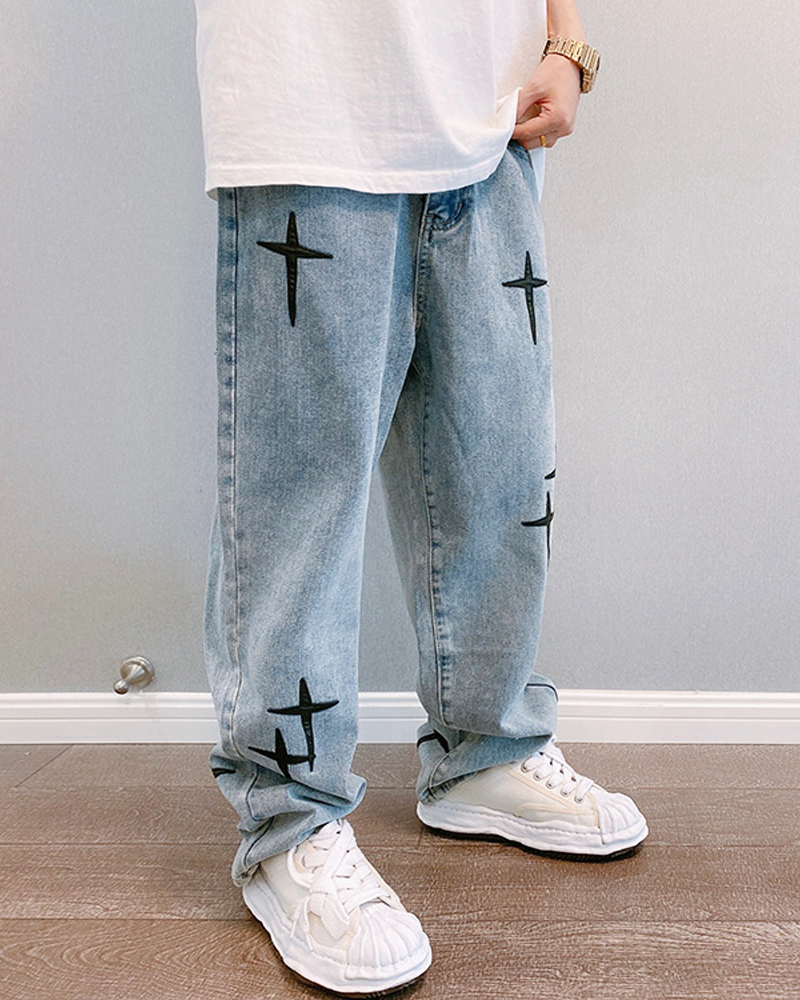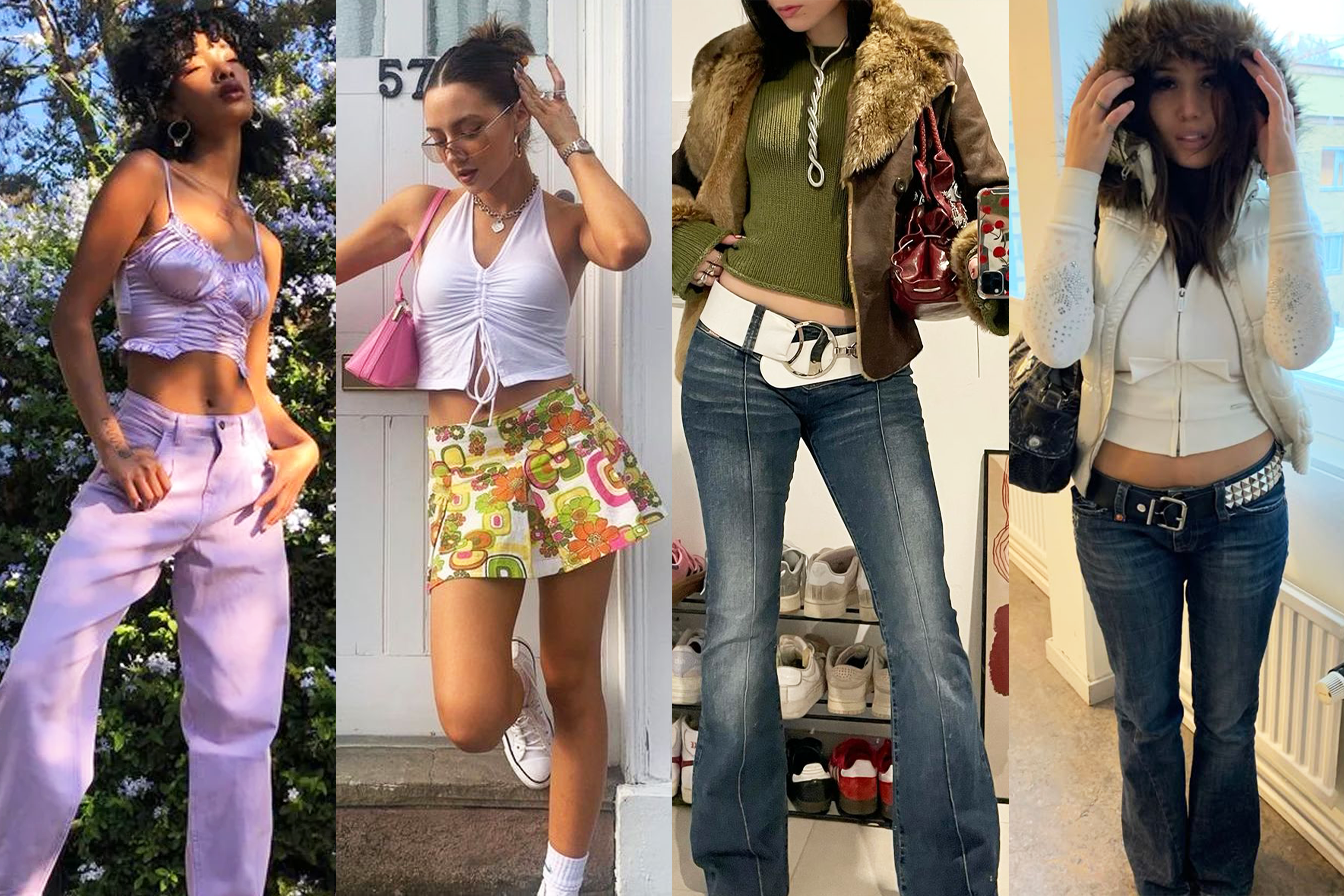Leopard print is everywhere again. From TikTok styling videos to vintage thrift finds, the spotted pattern is reclaiming its place in the fashion spotlight. It appears on mini skirts, baguette bags, and faux-fur coats - often tagged with the word "Y2K." But is leopard print really part of that early-2000s aesthetic, or just a timeless classic reborn? To answer that, we have to look at where it came from, and why it still roars so loudly today.
A Pattern Older Than Y2K
Long before the millennium, leopard print had already lived many lives. In the 1950s, it was the uniform of Hollywood bombshells - seductive, glamorous, and a little dangerous. In the 1980s, it was reborn through glam rock and punk, worn by icons like Debbie Harry and Joan Jett as a symbol of rebellion. By the 1990s, designers like Gianni Versace and Dolce & Gabbana turned it into a symbol of power and luxury.
Leopard print has always been bold and attention-grabbing. It represents confidence, sensuality, and control - qualities that have never gone out of style. So when the Y2K era arrived, it was only natural that the aesthetic of excess and attitude would adopt the print as its own.

Leopard Print in the 2000s: Glamour and Rebellion
The early 2000s loved drama. Fashion was shiny, loud, and hyper-feminine - and leopard print fit perfectly into that world. Pop icons like Britney Spears, Paris Hilton, Jennifer Lopez, and Kimora Lee Simmons wore it everywhere: on dresses, crop tops, handbags, and even matching sets.
Brands like Juicy Couture, Baby Phat, and Roberto Cavalli made the pattern mainstream, turning it into a symbol of luxury that was both sexy and accessible. Leopard print in the Y2K era wasn't about subtlety - it was about being seen. It represented a new kind of femininity: unapologetic, playful, and self-assured.
In photos from the time, leopard often appears alongside other Y2K staples - rhinestones, velour, denim, metallic pink. It was part of a visual language that celebrated excess. Every outfit had attitude, and the print added an instant dose of confidence.
The Modern Revival
Two decades later, leopard print has roared back into style - and once again, Y2K has something to do with it. On TikTok and Instagram, Gen Z is rediscovering the print through a nostalgic lens. Styled with low-rise jeans, wrap-around sunglasses, or a baguette bag, it instantly evokes the early 2000s.
But it's also evolved. Today's leopard feels more versatile - less "club diva", more "vintage cool". It's worn with leather jackets, silver jewelry, or minimalist sneakers. The aesthetic is still nostalgic, but filtered through modern simplicity.
Leopard print now exists in two worlds at once: part of the Y2K revival, but also part of fashion's ongoing love affair with timeless rebellion.

Y2K at Heart, Timeless in Spirit
So, is leopard print Y2K? The answer is yes - and no. It defined the energy of the early 2000s, but it's too enduring to belong to just one era. Leopard print has survived every trend because it represents something deeper: confidence, boldness, and a refusal to blend in.
In the end, that's exactly what Y2K style was about - being loud, fearless, and completely yourself. And in 2025, leopard print still does just that.




